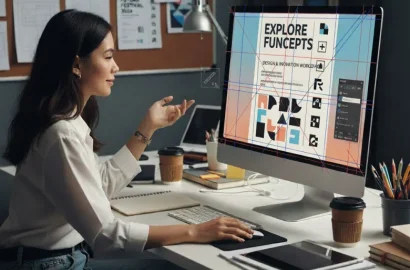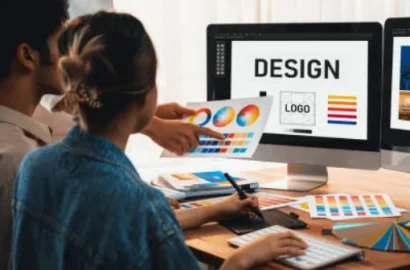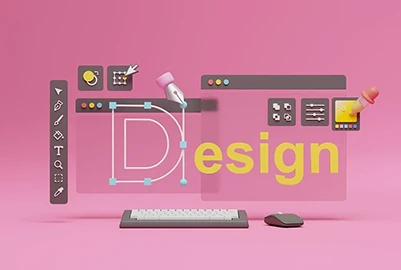A logo, on its own, is merely a simple visual—a JPG file on the web or decorative woodwork atop a building. When tied to a brand or placed in the right context, however, it becomes a powerful icon for the company.
Designers still look back to the artists who crafted these logos decades ago because their logos, besides designs, are masterclasses in symbolism and storytelling. They have created iconic symbols that transcend time, industries, and cultural boundaries.
In this article, we will explore the 20 most famous and acclaimed logo designers who have shaped the visual language of branding. We will try to understand their design principles and analyze the iconic logos they designed.
Here’s what we have discussed in the following sections:
- The Legacy of Famous Logo Designers
- What Made These Logo Designers Iconic?
- How To Become A Famous Logo Designer
- Final Thoughts
- FAQs
The Legacy of Famous Logo Designers
Over the years, some designers have reached the hall of fame for their contribution to design and branding. Read on to know about them in detail.
1. Paul Rand
Paul Rand, born Peretz Rosenbaum, was one of the first American commercial artists to embrace and practice the Swiss Style of graphic design. This style was characterized by minimalist graphics, a modular grid system, an asymmetrical layout, and sans-serif fonts.

His iconic logo designs include IBM, ABC, UPS, and Enron, among others. Influenced by the modernist philosophy, he approved the idea of minimalism and designed with utmost simplicity and restraint. He was known to test his works’ capability to retain recognizable quality even after being blurred or mutilated.
2. Milton Glaser
Ever seen an “I ❤ NY” T-shirt? In 1977, the State of New York hired Milton Glaser to design a logo to increase tourism. He came up with the design while sitting in the back of a taxi cab on the way to the meeting. The use of a heart symbol instead of the word “love” made the logo universally relatable and is now used at major crossroads in tier-1 cities across the world. His other iconic logos include the Brooklyn Brewery and the DC Comics logos.
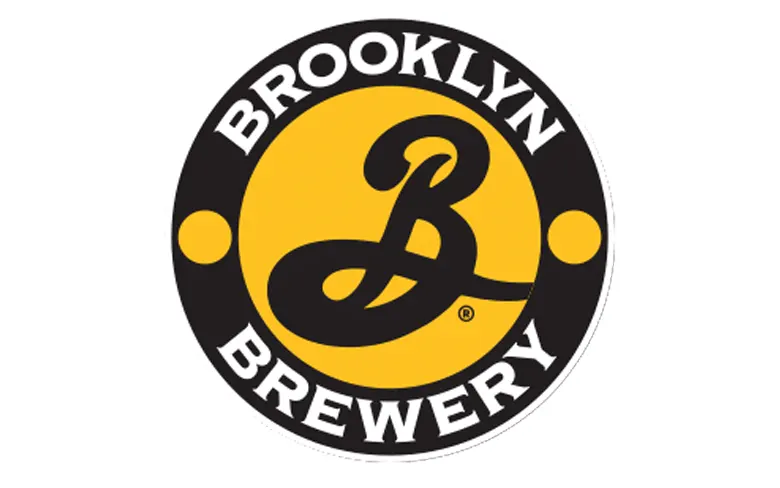
An important part of Glaser’s work is the cultural effect it created, showing how logos can transcend commercial use and become cultural icons. He drew heavily from early 20th-century artists to create his signature style that included psychedelic graphics, blasts of colors, and bold geometric outlines.
3. Carolyn Davidson
Carolyn Davidson’s story is that of an underdog, she took a design course to “fill an empty elective”, and later went on to create for just $35 the Nike Swoosh. The design’s fluid motion symbolizes everything the brand stands for. The Swoosh’s shape was inspired by the wings of Nike, the Greek goddess of victory, connecting the brand to its athletic roots.
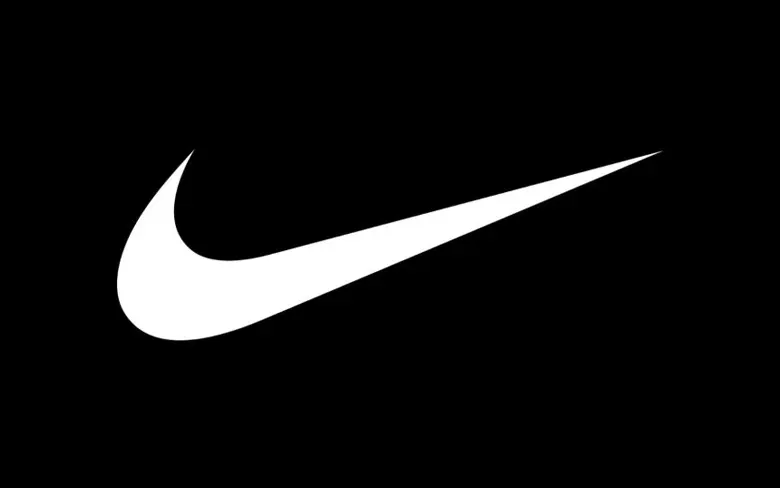
Davidson’s story is a reminder that even the simplest ideas can have a monumental impact when paired with a strong brand narrative. She went on to be known as “The Logo Lady” and in 1995, Nike even removed the word “Nike” from their logo.
4. Saul Bass
Saul Bass, a filmmaker who specialized in title sequences, revolutionized the design world with logos like AT&T’s globe, Warner Bros.’ shield, Continental Airlines’ jet stream logo, and United Airlines’ tulip logo among many others.

During his 40-year career, Bass worked for some of Hollywood’s most prominent filmmakers, including Alfred Hitchcock, Otto Preminger, Billy Wilder, Stanley Kubrick, and Martin Scorsese. He believed “design is thinking made visual”. Bass’s work incorporated dynamic, abstract elements that captured the essence of the brands he worked with.
5. Lindon Leader
Leader gave us the FedEx logo, often considered one of the best logo designs, complete with its sneaky arrow hidden between the E and X. It’s a genius touch representing forward thinking and motion. The logo demonstrates how negative space can be used creatively. Lindon said, “I was studying Universe 67 and Futura, but both had their limitations, neither was particularly suited to force an arrow into its assigned parking place. I took the best characteristics of both and combined them.”

The FedEx logo has won countless awards and is celebrated as a masterclass in minimalism. Its clever design continues to inspire designers looking to integrate hidden elements into their work.
6. Rob Janoff
Janoff’s bitten apple for Apple Inc. is more than a logo; it’s become a cultural icon. While working at a marketing firm, he was given to design the corporate identity package for Apple computer with instructions– ‘Don’t make it cute’. He came up with the bitten apple with colored stripes since Apple computers featured color screens.
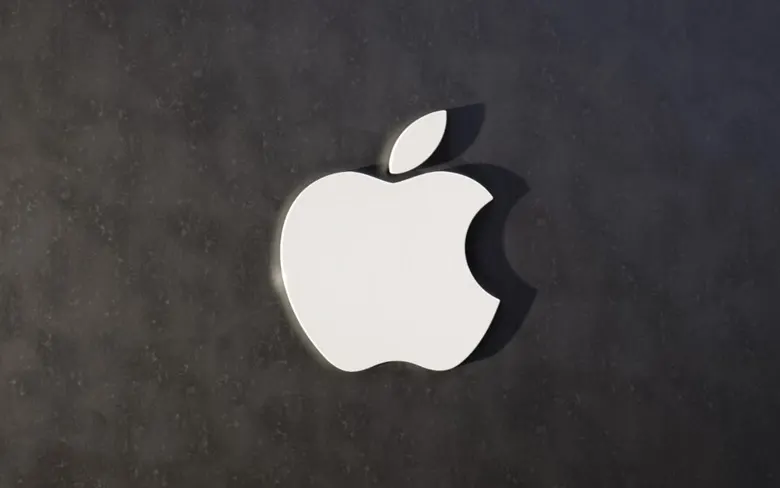
Apple’s logo has undergone minimal changes (from colorful to black) over the years, proving that strong design can withstand the test of time. Janoff’s creation remains one of the most recognizable logos globally.
7. Chermayeff & Geismar & Haviv
Acclaimed as one of the best logo design firms, Chermayeff & Geismar & Haviv is responsible for logos like Pan Am, Mobil Oil, PBS, Xerox, National Geographic, and many others.

It was founded in 1957 by two Yale graduates Ivan Chermayeff and Tom Geismar as well as Robert Brownjohn (who left the firm in 1959). Between 1976 and 2005 Steff Geissbuhler joined as a partner and after him, in 2006 designer Sagi Haviv became a partner at the firm. In October 2014, the National Design Award for Lifetime Achievement was awarded to Tom Geismar and Ivan Chermayeff.
8. David Ogilvy
Though primarily known as the “Father of Advertising,” David Ogilvy had a significant influence on logo and branding design through his approach to brand identity. He disliked advertisements that had loud patronizing voices and believed a customer should be treated as intelligent.
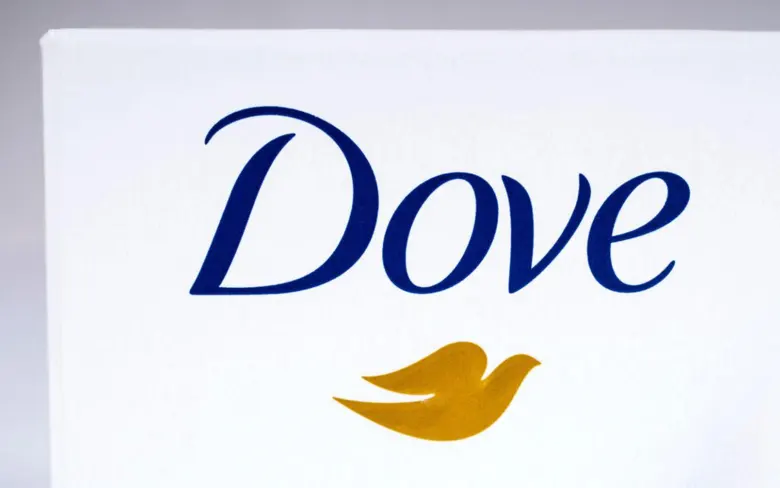
He worked on the branding of iconic companies like Dove, Shweeps, and Rolls-Royce, and got their logos integrated into broader marketing strategies. While not a designer himself, Ogilvy’s insistence on logos being instantly recognizable and emotionally resonant shaped how brands approached visual identity.
9. Terry Heckler
Terry Heckler, a renowned graphic designer, is best known for creating the original Starbucks logo, which featured a twin-tailed mermaid. In 1971, Heckler and his design team were tasked with crafting a logo that would represent the coffee shop’s nautical heritage, drawing inspiration from Seattle’s maritime roots.

The mermaid, or siren, symbolized the attractiveness of coffee and the sense of adventure that came with it. Heckler’s logo design was a radical departure from traditional coffee shop branding at the time which set Starbucks apart and helped establish the brand’s visual identity.
10. Salvador Dali
Did you know that Salvador Dali is also an iconic logo designer? He brought his unique vision to the world of branding with the iconic Chupa Chups logo. In 1969, Dalí was approached by the Spanish lollipop company to create a logo that would stand out and captivate the imagination. His design, which featured bold, flowing typography inside a flower shape, set the brand apart from its competitors.

Dalí’s use of bright colors and surrealist aesthetics reflected the unconventional nature of the candy itself. The logo has remained largely unchanged since its creation, highlighting Dalí’s ability to create a timeless visual identity.
11. Paula Scher
Paula Scher, a partner at the renowned design firm Pentagram, acclaimed as one of the best logo design companies, is an influential graphic designer. She is known for her bold, typographic approach to branding. Her work includes the redesign of the Citibank logo in 2000, where she introduced a more modern design by simplifying the iconic red umbrella, that represents the brand’s global reach and financial stability.
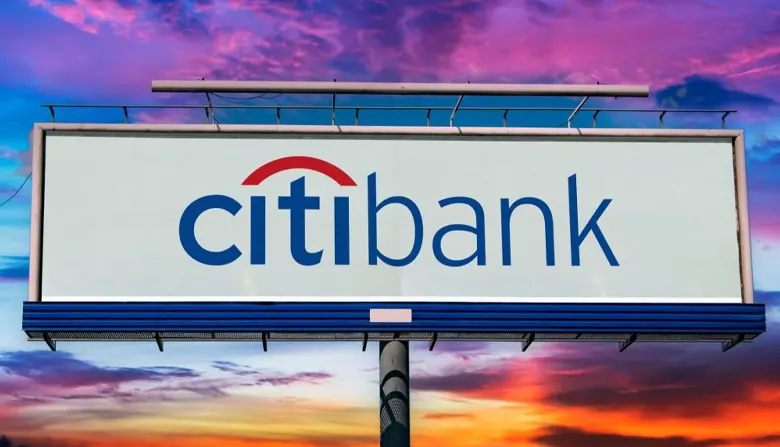
Scher also played a key role in redesigning Tiffany & Co.’s visual identity, by refining the logotype that has been redrawn by hand to resemble a hot-metal typeface, which brings a sophisticated feel to the brand.
12. James Modarelli
Designer of the NASA logo, James Modarelli started as a technical illustrator in 1949. When the NACA merged with the newly formed space agency NASA, its official seal needed a redesign.
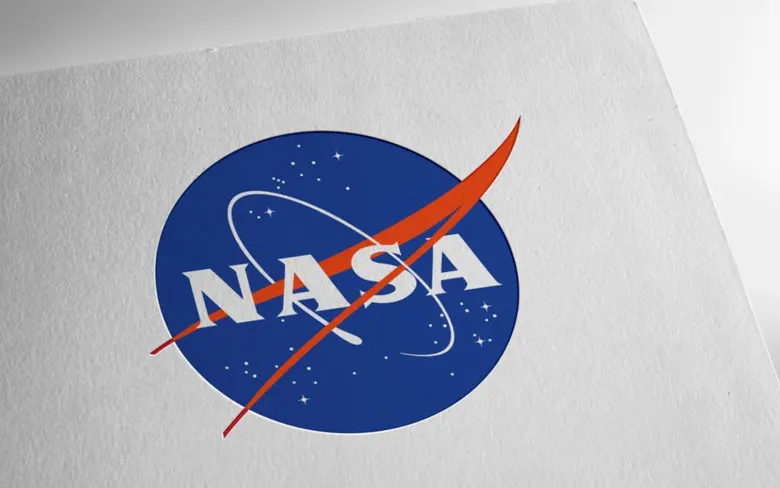
Modarelli was tasked with creating the NASA Administrator’s seal and went on to design the now-iconic NASA insignia, famously known as the “meatball” logo. The logos, which include symbols representing the space and aeronautics missions of NASA, became official in 1959.
13. Alan Fletcher
Alan Fletcher is renowned for his work as a co-founder of Pentagram, one of the world’s most influential design firms. His logo designs were visual stories that combined simplicity with humor.

One of his most famous logos is the V&A (Victoria and Albert Museum) logo, where he used a bold, geometric design to convey the museum’s focus on art and design. Another iconic creation was the Reuters logo, which embodied a modernist, clean-cut approach that became synonymous with trust and clarity in the world of news and media.
14. Ivan Chermayeff
Founder of the renowned firm Chermayeff & Geismar & Haviv (1957), Ivan was responsible for some of the most recognizable corporate logos of the second half of the 20th century — the cable channel Showtime, HarperCollins, and the Smithsonian Institution. Being the son of an architect, he had a habit of drawing by hand and did not touch computers. He believed in simplicity and often said, a logo should be clean, crisp, and instantly comprehensible.

In a 2015 interview, he said of logos, “It is usually a two-month process to get to that point, but it should look like it took five minutes.” By solidifying the role of graphic designers, he helped transform the perception of the profession from ‘commercial artists’ to respected creative designers. He was named to the Art Directors Club Hall of Fame in 1981.
15. Sagi Haviv
Sagi Haviv, born in 1974 in Israel, is a renowned New York-based graphic designer and one of the partners at Chermayeff & Geismar & Haviv. Often described as a ‘logo prodigy’ by The New Yorker and a ‘wunderkind’ by Out magazine, Haviv has created trademarks and visual identities for high-profile brands and institutions, including the U.S. Open, Harvard University Press, and Women’s World Banking among others. His designs reflect simplicity mixed with deep meaning, following the design philosophy pioneered by his predecessor, Ivan Chermayeff.

Haviv believes a great logo must balance form and function. As he explains, a logo must be appropriate, distinctive, and memorable—simple enough to be described or sketched after a look, yet versatile across different sizes and formats.
16. Frank Mason Robinson
In a small pharmacy, Frank M. Robinson, a bookkeeper and partner to John Stith Pemberton, was tasked with naming Pemberton’s new syrup. He coined “Coca-Cola”, combining the coca leaves and kola nuts in the formula. Robinson chose the name for its pleasing sound, inspired by similar names like “S.S.S” and “B.B.B.”

He also penned the Coca-Cola name in elegant Spencerian script- a writing style for business correspondence before the adoption of the typewriter- popular at the time among bookkeepers. This unique lettering style became the brand’s iconic trademark, which remains one of the most recognized logos in the world.
17. Ruth Kedar
Ruth Kedar, a graphic designer and artist, is best known for creating the original logo for Google, one of the most iconic tech logos of all time. In 1999, Kedar was approached to design a logo that would capture Google’s innovation and playfulness. She says about the logo, “I really loved the way that it had these very elegant stems and ascenders and descenders and also had very precise Serifs. I wanted that when you looked at it, it was clearly something you haven’t seen before”.

Born in Campinas, Brazil, Ruth Kedar earned an Architecture degree from Technion in Israel before moving to the U.S. to pursue a master’s in Design at Stanford University. Her master’s thesis on playing card design earned her a commission from Adobe Systems in 1988 to create the Adobe Deck, a promotional set of playing cards.
18. Ephram Edward Benguiat
Edward Benguiat was an American type designer and lettering artist who created more than 600 typefaces, including iconic ones like Tiffany, Bookman, Panache, and Edwardian Script. He also designed or redesigned logotypes for Esquire, The New York Times, Playboy, and Reader’s Digest, among many others. His approach is characterized by dramatic typefaces, tight spacing, and high x-heights (the height that lowercase letters reach), which became a defining feature of the 1970s and 80s design aesthetics.

Benguiat’s design philosophy was continuous improvement. As he once said, “I want each typeface, each piece of lettering, every logo I design to be better than the last.”
19. Massimo Vignelli
Massimo Vignelli was an Italian designer known for his work across various fields, including packaging, furniture, houseware, public signage, and showroom design. A co-founder of Vignelli Associates, he followed the modernist tradition, simplicity, and the use of basic geometric shapes. His famous motto, “If you can design one thing, you can design everything,” is reflected in his work.

Vignelli’s most notable projects include the iconic American Airlines logo, the signage for the New York City Subway system, and the bold, abstract map of the subway system from the 1970s–80s.
20. Walter Joseph Landor
Walter Joseph Landor was the founder of Landor & Fitch, a global design agency known for its work in branding and consumer research. Landor is remembered for his belief that “Products are made in the factory, but brands are created in the mind,” a philosophy that guided his vision and helped establish him as one of the most influential designers of his time.

Landor was exposed to the Bauhaus and Werkbund design movements, as well as his family’s architectural background. After studying in London and working in the United States, he settled in San Francisco where he designed the Levis logo while working with other clients like Coca-Cola and Shell Oil, creating visual identities that became popular culture. He also designed corporate identities for many airlines including Alitalia, British Airways, and Garuda Indonesia.
We have looked at some of the most iconic logo designers and understood their stories. Let us summarize what made these designers iconic.
What Made These Logo Designers Iconic?
All logo designers have their specific style and method, which often reflects their unique understanding of brand identity. Some may focus on minimalism while others embrace more complex, illustrative designs. But, there are some key ideas that we can look at to better understand what makes them iconic.
Principles
Artists know that their work is creative and that it is easy to get lost in imagination, so they anchor it in grounding principles. Every designer has their one guiding principle. For instance, Paul Rand’s minimalist approach to a logo is simple and powerful, while Ogilvy gives precedence to the consumers’ perspective.
Simplicity
Think of logos like Nike’s Swoosh or Apple’s Bitten Apple. They’re so simple, they can be scribbled, yet they carry the image of some of the biggest brands. Simplicity makes logos instantly recognizable, even at a glance. The fewer elements a logo has, the easier it is to remember and replicate across various mediums, making it one of the founding principles common to the philosophy of all iconic logo designers.
Versatility
A good logo has to fit everywhere; the designer cannot be sure where the logo will be placed as a consequence of collaborations, whether it’s a billboard, an app icon, or a T-shirt. Iconic logo designers know this and the importance of versatility, so they try to make logos that look good everywhere they are placed or are supposed to be looked at.
Context
All design principles, techniques, and methods must align with the broader context in which they are applied. This context encompasses social norms, language, culture, and the era in which the logo exists. A logo must operate within these boundaries so that it can resonate with its audience, and influence perceptions and associations, in a way that is favorable to the brand, among the audience.
How To Become A Famous Logo Designer
To become a successful logo designer, you need education, creativity, technical skills, and work experience.
Start with a Strong Educational Foundation – Begin by earning a high school diploma or equivalent. Pursue a degree in graphic design (BFA), visual arts, or a related discipline to gain formal knowledge of design principles. This education will help you understand the fundamentals of visual communication and logo design.
Learn Design Basics and Software – Learn the essentials of design, including color theory, composition, and typography. These principles are the fundamentals of creating impactful logos. Simultaneously, develop expertise in industry-grade logo design software like Adobe Illustrator and Photoshop, as these tools are essential for execution.
Build Skills and Portfolio – Refine skills through practice and experimentation with various styles. Create a portfolio showcasing your range, creativity, adaptability, and most importantly your unique style of design or core design philosophy. One fun exercise, or self-learning project, is to assume that a big corporation has come to you with a logo design ask, and now, you have to create their corporate identity.
Gain Experience and Network – Take internships, freelance work, or entry-level roles to gain experience. Join design communities, attend industry events, and connect with professionals to expand your network and learn from experts.
Following these steps, you can establish a strong foundation as a logo designer and pave the way for a successful career.
Final Thoughts
The 20 logo designers we’ve explored, their influence lies in their ability to combine creativity, strategy, and a deep understanding of human psychology. From belief in simplicity to bold embrace of typography, these designers teach us invaluable lessons about the power of design to connect and inspire.
Moreover, their works remind us that great logos are not just art—they’re tools that define a brand’s identity and legacy. By studying their approaches, modern designers can learn to balance principles with contemporary trends, creating designs that remain relevant and impactful.
FAQs
What makes a logo iconic?
An iconic logo is simple and memorable. It captures a brand’s identity while resonating with its audience. Designs, such as Coca-Cola, achieve this through thoughtful design and strategic intent.
How do emerging trends influence logo design?
Emerging trends like minimalism, motion logos, and sustainability themes push designers in certain directions to innovate. These trends often reflect cultural shifts and developments in technology.
Are hand-drawn logos suitable for all brands?
Any sentence that ends with suitable for all brands is wrong because suitable depends on the context. However, hand-drawn logos are effective for brands that value authenticity, such as artisanal or boutique businesses, but for a futuristic brand, it might not work.
How do I choose the right logo style for my brand?
Consider your brand’s values (what it represents), target audience, and industry. Understand the context of the target audience, what they take seriously, and what they reject. Minimalism works well for tech companies, while hand-drawn aesthetics may suit creative or boutique brands.
We hope you’ve enjoyed reading about the role of AI in logo design. For more industry guides, insights, and tools, check out the following:
- Everything You Need To Know About AI in Graphic Design
- A Step-by-Step Guide to Choosing the Right Website Color Palette
- The Best Logo Design Tools and Software (Free & Paid)
Next Steps
We hope this guide helped you understand the logo design trends you need to focus on in 2026. We also recommend you check out this project by AND Learner, Abhishek Singh to get inspiration for your next logo design project. In case you need further assistance, here are some of our resources you can consider:
- Watch this session by design veteran and AND’s Academic Head, Prachi Mittal, and our Course Lead, Soumya Tiwari.
- Talk to a course advisor to discuss how you can transform your career with one of our courses.
- Pursue our Graphic Design courses – all courses are taught through live, interactive classes by industry experts, and some even offer a Job Guarantee.
- Take advantage of the scholarship and funding options that come with our courses to overcome any financial hurdle on the path of your career transformation.
Note: All information and/or data from external sources is believed to be accurate as of the date of publication.




